A Devastating Diagnosis with a Miraculous Recovery
The following events occurred between March 2017 and June 2018. Growing up, Kathy Karam, of Ocala, never intended to become a nurse. But when her husband,…
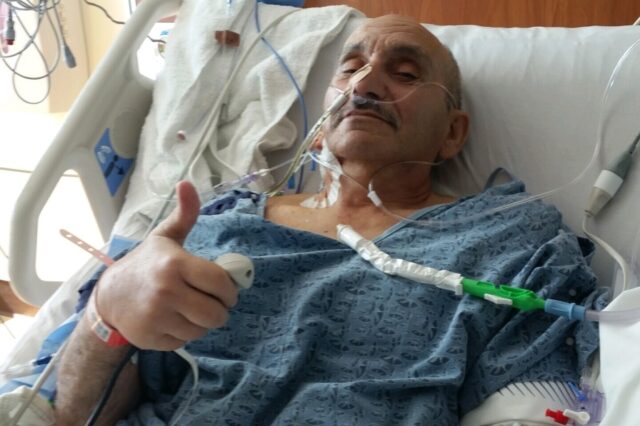
Update your location to show providers, locations, and services closest to you.
Endocarditis is inflammation of the inside lining of the heart chambers and heart valves (endocardium). It is caused by a bacterial or, rarely a fungal infection.
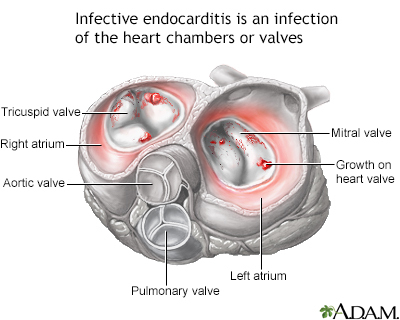
Valve infection; Staphylococcus aureus - endocarditis; Enterococcus - endocarditis; Streptococcus viridans - endocarditis; Candida - endocarditis
Endocarditis can involve the heart muscle, heart valves, or lining of the heart. Some people who develop endocarditis have a:
Endocarditis begins when germs enter the bloodstream and then travel to the heart.
Germs are most likely to enter the bloodstream during:
Symptoms of endocarditis may develop slowly or suddenly.
Fever, chills, and sweating are frequent symptoms. These sometimes can:
You may also have fatigue, weakness, and aches and pains in the muscles or joints.
Other signs can include:
The health care provider may detect a new heart murmur, or a change in a past heart murmur.
An eye exam may show bleeding in the retina and a central area of clearing. This finding is known as Roth spots. There may be small, pinpoint areas of bleeding on the surface of the eye or the eyelids.
Tests that may be done include:
You may need to be in hospital to get antibiotics through a vein (IV or intravenously). Blood cultures and tests will help your provider choose the best antibiotic.
You will then need long-term antibiotic therapy.
Surgery to replace the heart valve is often needed when:
Getting treatment for endocarditis right away improves the chances of a good outcome.
More serious problems that may develop include:
Call your provider if you notice the following symptoms during or after treatment:
The American Heart Association recommends preventive antibiotics for people at risk for infectious endocarditis, such as those with:
These people should receive antibiotics when they have:

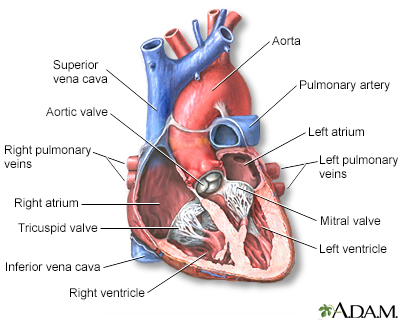
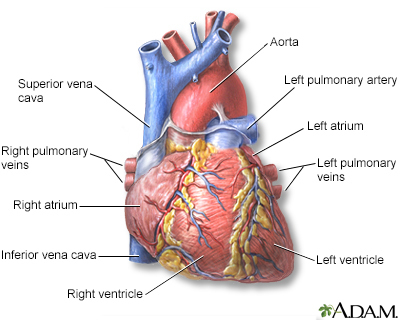
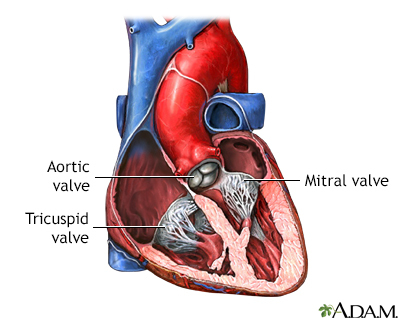
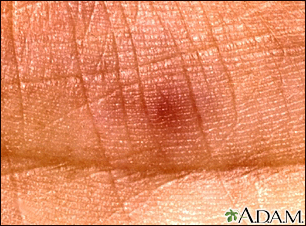
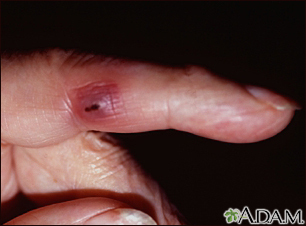
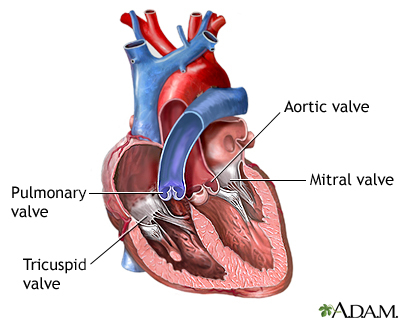
Baddour LM, Freeman WK, Suri RM, Wilson WR. Cardiovascular infections. In: Zipes DP, Libby P, Bonow RO, Mann DL, Tomaselli GF, Braunwald E, eds. Braunwald's Heart Disease: A Textbook of Cardiovascular Medicine. 11th ed. Philadelphia, PA: Elsevier; 2019:chap 73.
Baddour LM, Wilson WR, Bayer AS, et al. Infective endocarditis in adults: diagnosis, antimicrobial therapy, and management of complications: a scientific statement for healthcare professionals from the American Heart Association. Circulation. 2015;132(15):1435-1486. PMID: 26373316 www.ncbi.nlm.nih.gov/pubmed/26373316.
Fowler VG, Bayer AS, Baddour LM. Infective endocarditis. In: Goldman L, Schafer AI, eds. Goldman-Cecil Medicine. 26th ed. Philadelphia, PA: Elsevier; 2020:chap 67.
Holland TL, Bayer AS, Fowler VG. Endocarditis and intravascular infections. In: Bennett JE, Dolin R, Blaser MJ, eds. Mandell, Douglas, and Bennett's Principles and Practice of Infectious Diseases. 9th ed. Philadelphia, PA: Elsevier; 2020:chap 80.





The following events occurred between March 2017 and June 2018. Growing up, Kathy Karam, of Ocala, never intended to become a nurse. But when her husband,…
